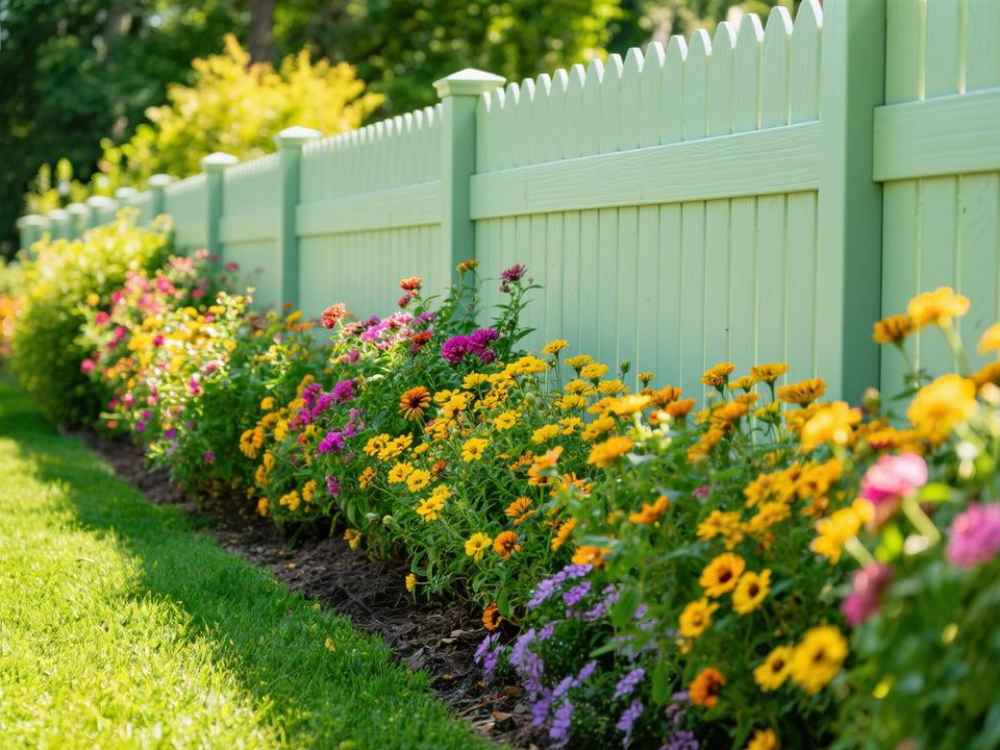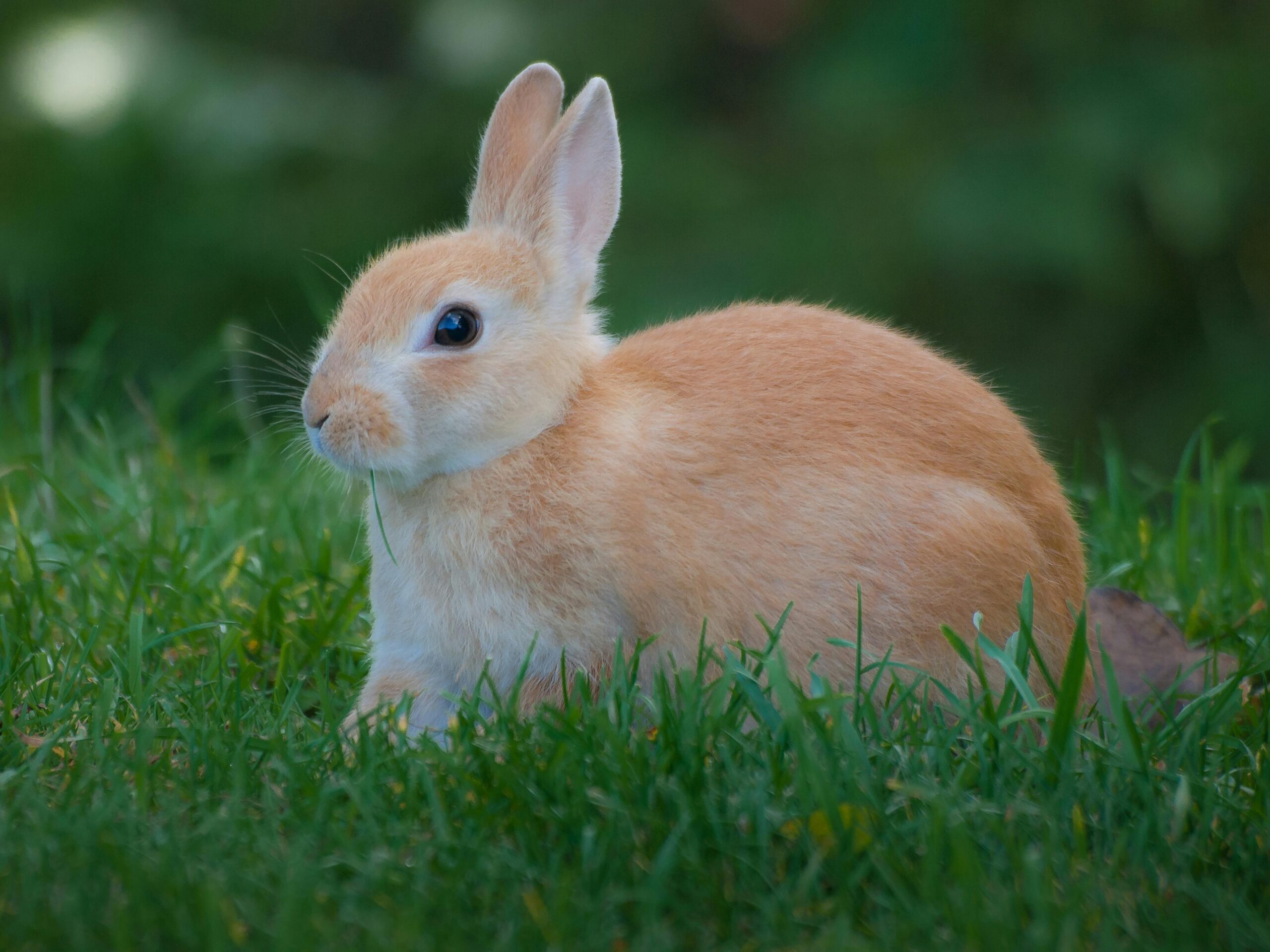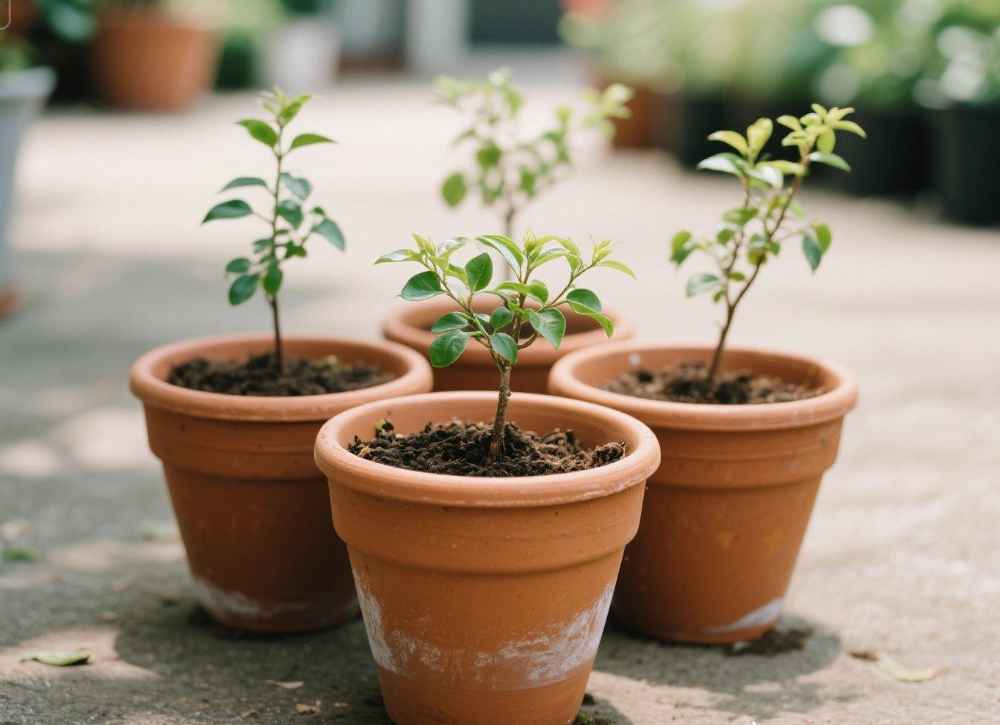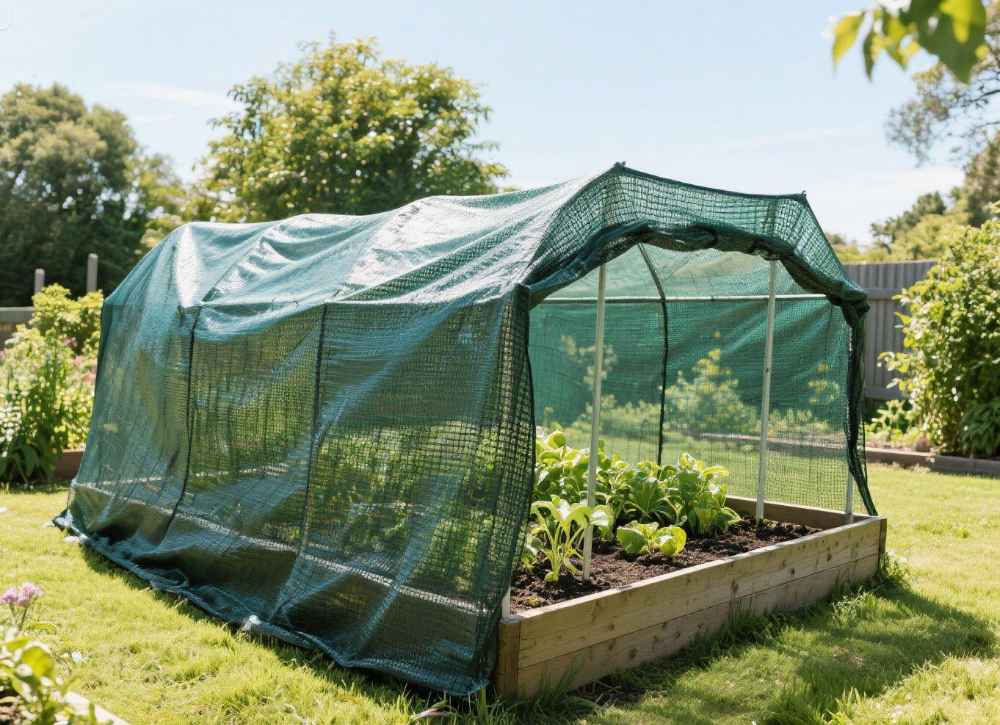If you’re like me and want your garden to look clean, beautiful, and low on weeds, then believe me, just mulching around a few plants isn’t enough.
The real magic happens when you spread mulch across your entire garden bed or landscaping area.
It not only keeps weeds away but also gives your yard a smooth, finished, and professionally maintained look.
But here’s the real question gardeners often ask: How many bags I would need for how much area, so scroll more and calculate everything based on your situation
How many bags of mulch are in a yard?
Do you need 2-cubic-foot bags? Or maybe 3? And more importantly, how much will one yard of mulch cover in square feet?
Because let’s be honest:
- If you buy too much mulch, you waste money.
- If you buy too little, you’re left with bare patches and have to make another trip to the store.
That’s why we created this easy and smart Mulch Calculator.
It doesn’t just tell you how many mulch bags you’ll need for one cubic yard; it also lets you:
- Calculate mulch based on your area (in square feet or shape-based)
- See how much coverage you’ll get from the bags you already have
- Adjust mulch depth to match your garden’s specific needs
Because every gardener’s layout is different, some need to mulch a small flower bed, while others need to mulch a large circular lawn.
So instead of guessing, just use our tool and get the exact mulch amount you need for your space.
How many bags of mulch are in a yard? Understanding Yard and Cubic Feet
A yard in gardening doesn’t mean your front or backyard; it’s a unit of volume. When someone says “1 yard of mulch,” they actually mean 1 cubic yard, which is a cube that measures 3 feet long, 3 feet wide, and 3 feet deep. That means:
1 cubic yard = 27 cubic feet (because 3 × 3 × 3 = 27)
A cubic foot (cu ft) is a unit of volume that tells us how much three-dimensional space something takes up. Imagine a box that is 1 foot long, 1 foot wide, and 1 foot deep; that’s exactly 1 cubic foot. Here’s the formula and example;
Length × Width × Depth
For example:
If your garden bed is 6 feet long, 4 feet wide, and 0.5 feet deep (6 inches), then:
6 × 4 × 0.5 = 12 cubic feet
How many bags of mulch are in a yard? Math Calculation
Now it means that one yard is equal to 27 cubic feet, but what’s the mulch bag volume? Mostly stores have a mulch bag of 2 cubic feet, so you will need 13.5 bags to cover your one yard (27 cubic feet).
Since you can’t usually buy half a bag, we recommend grabbing 14 bags. That extra half-bag gives you some wiggle room to fill tricky corners or thin patches.
On the other hand, if your mulch bags are 3 cubic feet each, you’ll only need 9 bags to equal a full yard.
So, depending on your bag size, whether 2 or 3 cubic feet, you can easily figure out how many bags are in one yard.
How to Calculate Mulch Coverage by Area? Free, Fast, Easy Calculator
As you know, every gardener may have different situations in measuring how many mulch bags they need for different areas (in different areas units). Therefore, Gardenchains has made a calculator to examine this in an easy way.
This online gardening calculator not only tells you the mulch coverage range in bags, but also answers “how much area will our mulch bags cover?”. It means that you can identify both things in your situation.
Let’s easily try our free Mulch Calculator.
Mulch Coverage Calculator
Mulch Calculator – Know Bags or Coverage
How to use Mulch Calculator to know Mulch Coverage by Area?
Firstly, you can see it has two moods, select one of them based on your own situation, such as;
Mood 1: Tell Me How Many Bags
Use this if you know the area you want to cover and want to find out how many mulch bags you’ll need.
This mood is perfect for gardeners who know the area size and want to avoid overbuying or underbuying mulch.
1-Choose Mode: Select “Tell Me How Many Bags” from the dropdown.
2-Enter Area:
- Input the area size (e.g., 100).
- Select the unit – either:
- Square Feet (sq ft) ➜ You will be asked to enter mulch depth, too, with complete square feet (length x width Area sq ft)
- Cubic Feet / Cubic Yards ➜ No need to enter depth, as these are already volume units.
3-Mulch Depth (only for square feet):
- Enter how deep you want the mulch layer (e.g., 2 inches).
- Choose the depth unit: inches or centimeters.
4-Bag Volume:
- Enter the size of the mulch bags you’re planning to buy (e.g., 2 cubic feet per bag).
5-Click “Calculate”:
- You’ll instantly see how many bags you need for your area.
Mood 2: Tell Me the Area
Use this if you already have several mulch bags and want to know how much area they can cover.
This second mood is perfect for when you already have mulch at hand and want to know how far it will go.
1-Choose Mode: Select “Tell Me the Area” from the dropdown.
2-Enter Number of Bags:
- Type how many mulch bags you currently have (e.g., 10).
3-Mulch Depth:
- Input your desired depth for the mulch layer (e.g., 2 inches).
- Choose the depth unit.
4-Bag Volume:
- Enter the volume of one bag (e.g., 2 cubic feet).
5-Click “Calculate”:
The calculator will tell you how much area your mulch will cover at that depth.
- 1 cubic yard = 27 cubic feet
- Typical mulch depth is 2 to 3 inches for general landscaping.
- Buy 10% extra mulch to avoid running short!
How to Pick the Right Mulch (and Just Enough of It) Without Messing Things Up
Mulch seems simple! You just grab a few bags, dump them around your plants, and call it a day, right? Well… not quite.
If you’ve ever dealt with moldy beds, wilted plants, or worse, termites crawling out of your garden, you know it’s not just about covering the soil. Choosing the right kind of mulch (and the right amount) can make a huge difference!
Choose What Your Garden Needs
First things first, think about what your garden needs. Got veggies in a sunny spot? Go for straw or compost mulch; they break down faster and feed your soil. Shady flower beds? Bark nuggets might do better there.
The Hidden Danger: Mulch That Attracts Termites
But here’s the catch: not all mulch is safe around the home. Some types, like pine bark or untreated wood chips, can attract termites, especially if you pile them up close to your walls.
Here’s termite-resistant mulch….
That’s where cedar or cypress mulch comes in; they naturally resist pests and last longer. I always recommend these if you want peace of mind.
How Much Mulch is Too Much?
And about the quantity, this one’s easy to overlook. Too little mulch does nothing. Too much? It suffocates roots, holds in too much moisture, and creates a cozy hideout for bugs (no thanks). I stick to a 2–3 inch layer. It’s just enough to protect and feed your plants without going overboard.






